Report this entry
More from the same community-collection
Speaking Rock Entertainment Center
Speaking Rock Entertainment Center located 122 S Old Pueblo Rd, ...
Speaking Rock Entertainment Center 3
Speaking Rock Entertainment Center located 122 S Old Pueblo Rd, ...
Speaking Rock Entertainment Center 4
Speaking Rock Entertainment Center located 122 S. Old Pueblo Rd, ...
Riverside High School - El Paso, Texas
Riverside High School located in 301 Midway Dr, El Paso, TX ...
El Paso Center For Gastrointestinal Endoscopy
El Paso Center For Gastrointestinal Endoscopy located 1620 Mesa ...
Father Pete Martinez Senior Citizens Center
Father Pete Martinez Senior Citizens located in 9311 Alameda ...
Father Pete Martinez Senior Citizens Center
Father Pete Martinez Senior Citizens located in 9311 Alameda ...
Father Pete Martinez Senior Citizens Center
Father Pete Martinez Senior Citizens located in 9311 Alameda ...

















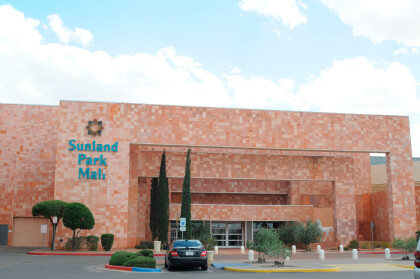
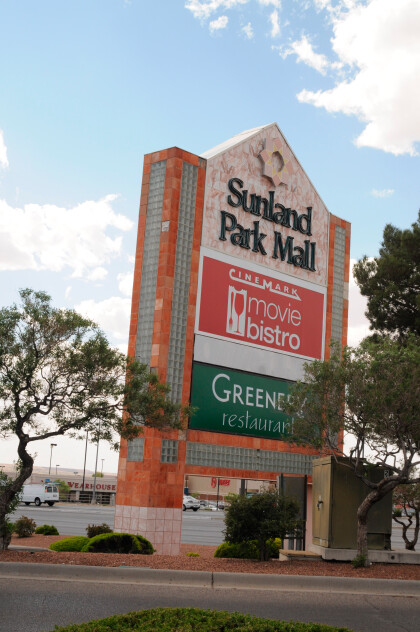
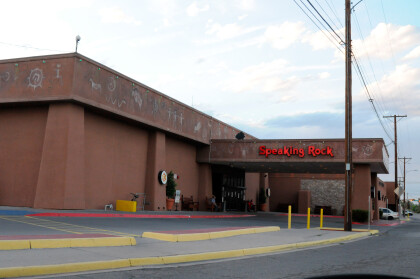
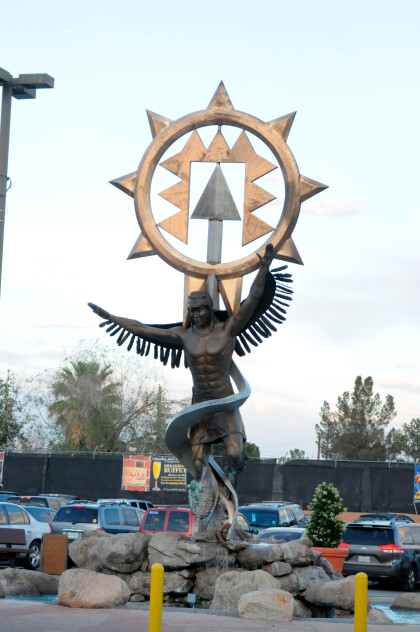
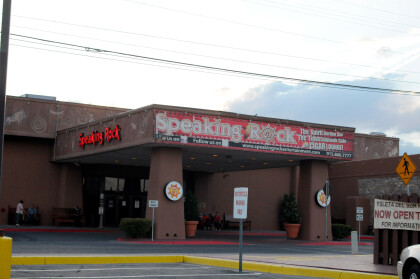
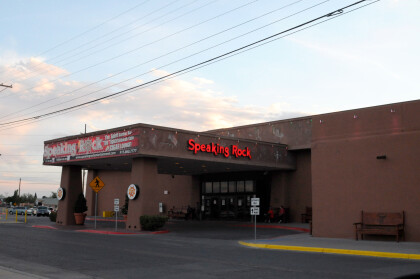
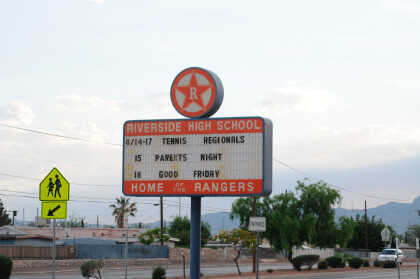
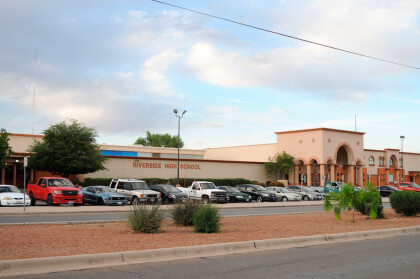
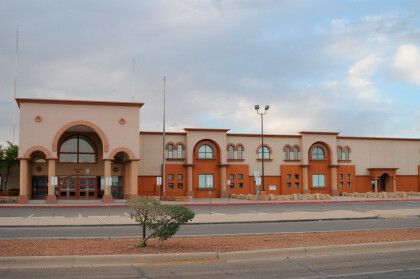
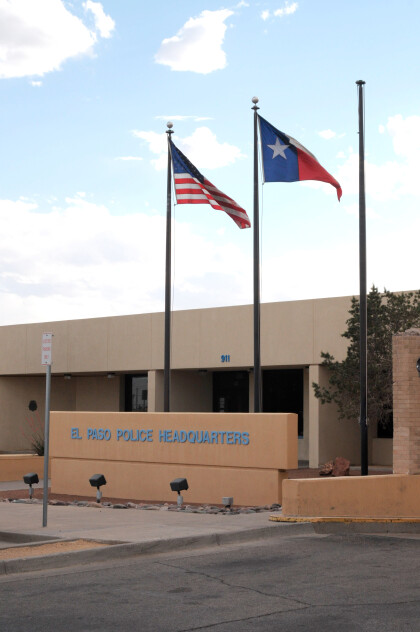
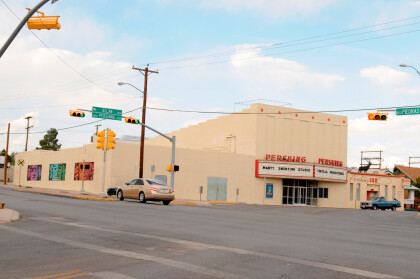
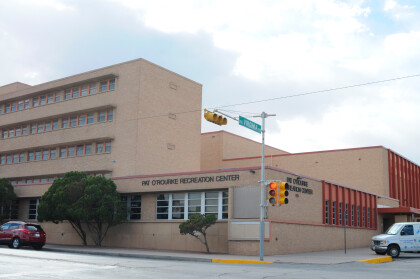
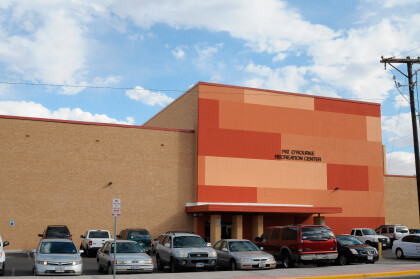
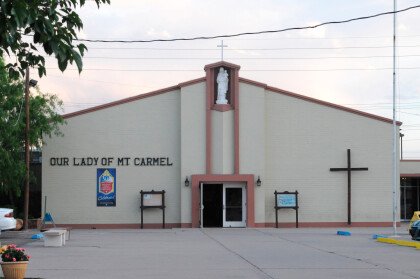
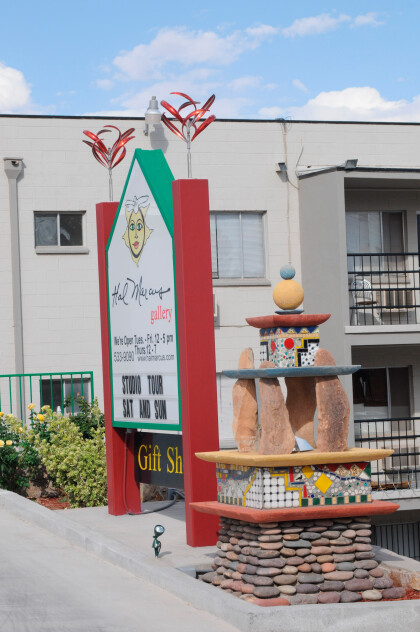
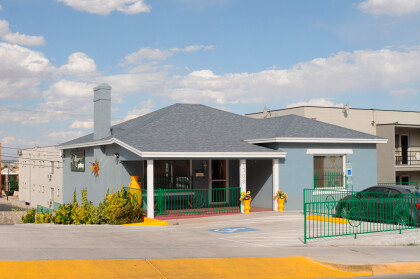
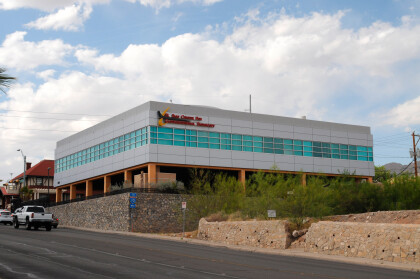
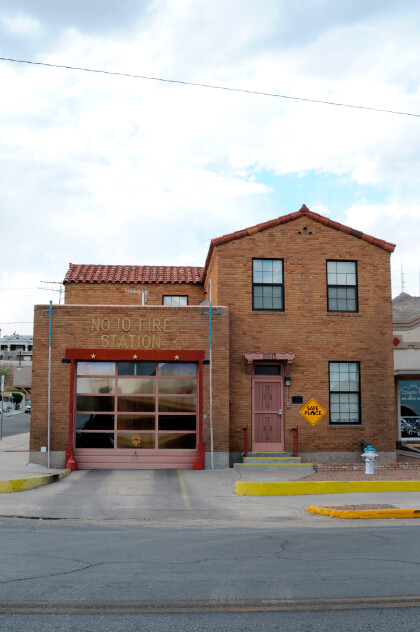
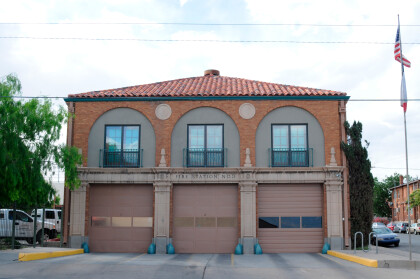
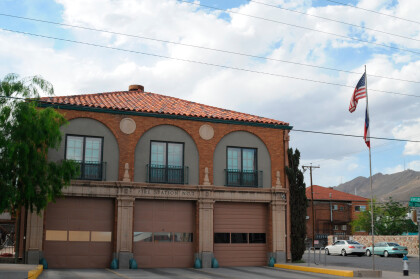
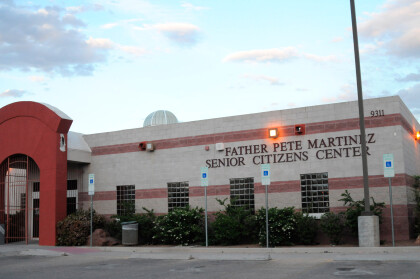
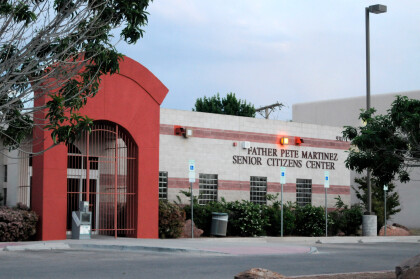
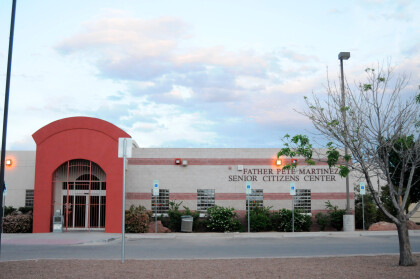
Comments
Add a comment